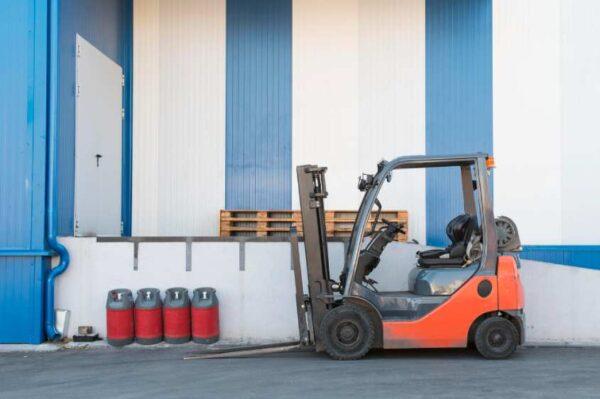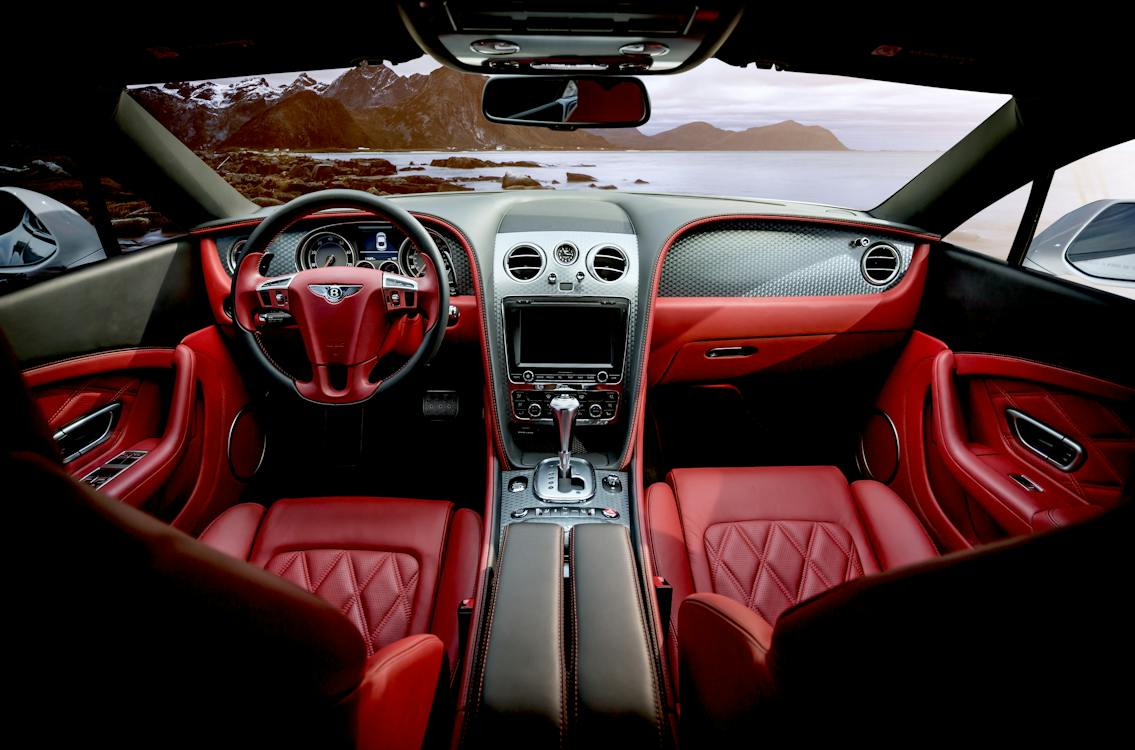In today’s fast-paced world of material handling and warehousing, efficiency and productivity are paramount. This has led to widespread adoption of battery powered stackers, which provide a good balance between portability and lifting capacity. Whether you are in the process of establishing a new warehouse or considering enhancements for your current equipment, choosing the right battery-operated stacker is a crucial decision.
What Is a Stacker?
A stacker is a multi-purpose machine designed to lift, move and stack products in a warehouse or industrial environment. These machines come in a variety of styles and configurations, each designed for different tasks and environments. Stackers are an important part of modern logistics, helping to streamline processes and improve overall performance.
Types Of Stackers
There are different types of stackers which are listed below
Manual Stackers
These are hand-operated stackers, typically used for light to medium duty applications. They require physical effort on the part of the user to lift and move the load.
Semi-Electric Stackers
Semi-electric stackers combine manual operation with electrical assistance for lifting. Operators still move the stacker manually, but electric power is used to raise and lower the load.
Battery Operated Stackers
Fully electric stackers are powered by batteries and require minimal physical effort from the operator. They are highly versatile and capable of handling various tasks.
What Is a Battery-Operated Stacker?
A battery-operated stacker, also known as an electric stacker or powered stacker, is a type of stacker which relies on rechargeable batteries for its operation. Unlike manual or semi-electric stackers, battery-operated stackers offer numerous advantages like more efficiency, versatility, it requires less maintenance and have zero emission levels.
Choosing The Right Battery-Operated Stacker
Selecting the right battery-operated stacker requires careful consideration of various factors which are listed below.
Determine Capacity of Load
The initial and foremost factor to take into account is the capacity. Assess the heaviest load you plan to handle in your warehouse. The stacker you choose should have a load capacity that adequately meets your needs. Be sure to account for future growth and potential increases in weight.
Lift Height Requirement Evaluation
The height of the stacker is the maximum height at which it can lift the load. Measure the longest shelves or racks in your warehouse and choose a stacker with a height that allows for safe and efficient stacking.
Manoeuvrability & Size
Consider the layout of your warehouse and the space available for manoeuvring. If you have narrow aisles and tight spaces, opt for a compact stacker with a reduced turning circle. For large, open spaces, a large stacker may be better.
Battery Type & Runtime
Standard battery stackers usually use one of two types of batteries: lead-acid or lithium-ion. Consider your budget and project needs when choosing between the two:
Lead-acid batteries: Affordable, but require regular maintenance and have a short lifespan.
Lithium-ion batteries: Provides longer run time, faster charging and less maintenance, but has a higher initial cost.
Choose the type of battery that fits your budget and your work goals.
Assessing The Operating Environment
The conditions in your warehouse play an important role in the performance and durability of your stacker. Consider factors such as heat, humidity, and exposure to dust or corrosive substances. Choose a stacker whose components and material will be compatible with your work environment.
Prioritize Safety Features
Safety should always be a top priority when selecting material handling equipment. Look for stackers equipped with essential safety features, including:
Load Backrest: Prevents loads from falling backward during lifting.
Emergency Stop button: Allows for immediate halting of the stacker in emergencies.
Horn or Warning Signals: Alerts pedestrians to the stacker’s presence
Operator Protection: Features like guards and safety rails protect the operator from accidents.
These safety features not only safeguard your employees but also help prevent costly accidents and damage to goods.
Consider Maintenance and Serviceability
Regular maintenance is essential for the efficient operation of your stacker. Before purchasing check, the manufacturer’s recommended maintenance procedures and availability of service and replacement parts. A sheet that is easy to maintain and has a quick spare part can reduce downtime and lower costs in the long run
Budget Wisely
While budget constraints are true, remember that the cheapest option is not always the most beneficial in the long run. Consider the total cost of ownership, including maintenance, repairs and energy consumption, when evaluating different stacker models. Investing in a high-quality stacker that meets your needs can pay off big over time.
In conclusion, choosing the right battery-operated stacker from a reputed battery-operated stacker manufacturer for your warehouse is a critical decision that can significantly impact your efficiency, safety, and productivity. By carefully considering factors such as load capacity, lift height, manoeuvrability, battery type, operating environment, safety features, maintenance, and budget, you can make an informed choice that aligns with your specific needs and objectives. Investing in the right stacker now can lead to long-term benefits for your warehouse operations, ensuring smoother and more efficient material handling processes.



